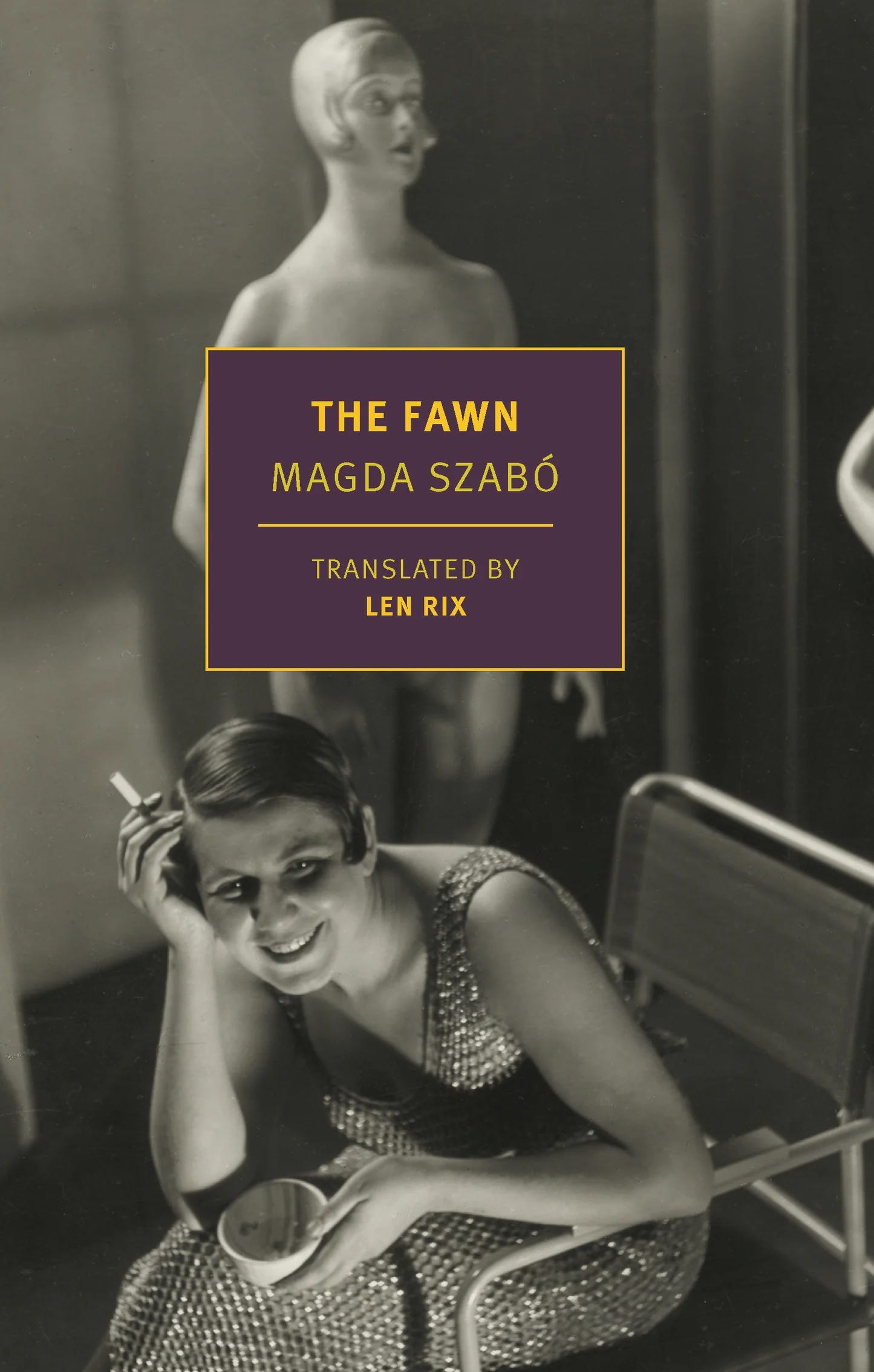Captain's Log: The Fawn
"'The Future ...' That was something I had no desire to build."
The New York Review Books (NYRB) Classics series is full of gems, whether the imprint is reissuing a lost American classic or bringing an under-appreciated foreign author to our shores. Their rare missteps usually come from when they try one too many times with an author; the simple fact is that most writers only really have one or two good books in them, with the rest of their oeuvre at best interesting and at worst just filler. (That’s why we obsess over the great authors who produce quality consistently!) Short story collections pose an even bigger risk: if the first collection they put together was so good, why pay for the leftovers when the second or third arrives? It’s a simple calculation for the folks at NYRB; if one book breaks out, they can get at least a fraction of the audience for the next one, and on and on until the well runs dry. At the back of your mind is always the concern that the next NYRB title you spend your hard earned dollars on is going to be a dud. So it went with John Williams, where the unexpected smash-hit Stoner was followed by Augustus (pretty good), Butcher’s Crossing (a nicely weird Western, though Williams hadn’t quite found his fastball at that point in his career), a collection of English Renaissance poetry that Williams had edited (his introductory essay and notes mostly ripped off from another scholar), and finally Nothing But the Night, Williams’ disowned first novel that, upon further inspection, was definitely worth disowning. Shalamov’s massive Kolyma Stories was followed up by… Further Kolyma Stories, making many wonder what in God’s name could not fit in the first one. How many Henry Green books with one-word titles can we handle? Can we bear five Krzhizhanovsky books? Our Robert Walser reserves may be tapped out after five books, though there’s always a chance someone finds a post-it note with twenty four more of his stories written on it. And it’s not only NYRB; New Directions eventually put out too many Clarice Lispector books by the time The Chandelier came out, and Roberto Bolaño’s various American publishers have likely exhausted every scrap they could find in his desk drawers to keep the steady drip of posthumous releases going. The general rule on any reissue or posthumous release is to jump on the first one or two and then to tread lightly from there, lest you be taken for a sucker.
Standing above these mere mortals with only “one or two good books” looms the 20th century Hungarian author Magda Szabo, someone who was little known stateside until the 2015 NYRB release of Len Rix’s translation of her 1987 novel The Door. Could anything ever be as good as The Door? No, but after that book’s unexpected success (an NYT top ten of the year will help you there) NYRB rode the Szabo gravy train and successfully released Iza’s Ballad, Katalin Street, and Abigail, all excellent books in their own right. So the release of The Fawn this month – also in translation by Len Rix – inspired in me both excitement and trepidation: another Magda Szabo book! But would this one finally be the first misstep, the first one simply released because of Szabo’s cachet?
Keep reading with a 7-day free trial
Subscribe to Evan Reads to keep reading this post and get 7 days of free access to the full post archives.



